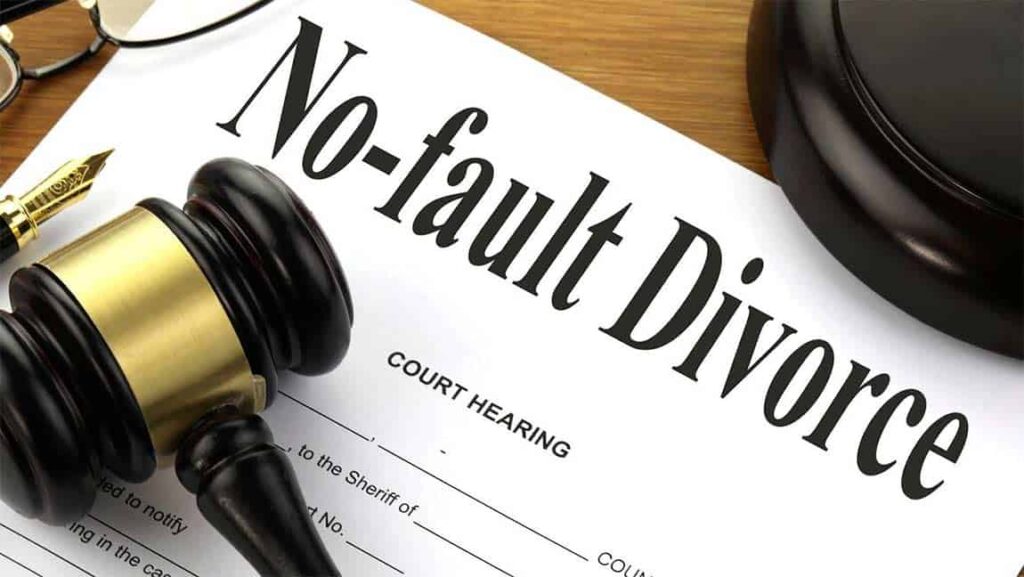
People going through a divorce often make the mistake of not engaging an attorney and end up losing a lot of time and money. So, if you have decided to enter into divorce proceedings, it is important to know that dissolution of a marriage can be done in several ways. While some types of divorces may seem easier, it really depends on your personal goals.
Here, let us check out a few types of divorce and which might be the right option for you.
Table of Contents
1. Fault vs No-fault Divorce
Fault Divorce

Source: washingtonexaminer.com
As the name goes, a fault divorce is where one of the spouses has clearly engaged in a wrong act that resulted in the marriage ending. Now, no state mandates fault divorces, instead, they provide the option to select between fault and no-fault divorces when terminating a marriage. The grounds for a fault divorce are the following:
- Adultery
- Habitual drunkenness or intoxication
- Felony conviction or imprisonment
- Insanity resulting in confinement to an institution or considered incurable
- Desertion or neglect
- Extreme cruelty
No-fault Divorce

Source: divorceattorneyinlongisland.com
Now, the no-fault divorce is preferred by a lot of couples for its simplicity. A No-fault divorce occur when the grounds or reasons for the divorce are temperamental differences, and not the grounds above-mentioned.
In this regard, Karp & Iancu SC offers professionalism in such cases, whether it a No-fault or a fault divorce.
2. Contested Divorce
A contested divorce occurs when you and your partner cannot reach an agreement on various aspects of your divorce settlement. Disagreements may arise regarding whether to divorce, division of property or debt, custody arrangements, child or spousal support, or any other critical matters necessary for the dissolution of your marriage.
If you decide on proceeding with the contested divorce, you will have to attend court proceedings in person, present evidence and cough up a lot of money, as it may get expensive, as you basically leave the conflicts up to the court.
3. Uncontested Divorce

Cropped image of couple signing divorce agreement. Female lawyer giving documents to husband and wife who are going to divorce. Canceling marriage
An uncontested divorce is when you and your spouse mutually agree on the terms of the divorce settlement, eliminating the need for court intervention. Collaboratively, you formulate a separation agreement or finalize terms for the divorce judgment submitted to the court, along with a parenting plan, demonstrating joint cooperation.
How to go through divorce with ease
Navigating a divorce with ease requires a multifaceted approach centered on emotional well-being, legal understanding, and practical planning. Prioritizing self-care by seeking support from friends, family, or therapy can help manage the emotional toll.
Gaining clarity on legal rights and obligations through consultation with a reputable attorney facilitates informed decision-making. Maintaining open communication with your soon-to-be ex-spouse fosters smoother negotiations and reduces conflict.
Organizing financial documents and assets simplifies the division process, ensuring equitable outcomes. Finally, embracing flexibility and accepting the inevitability of change can foster resilience and facilitate a smoother transition into the next chapter of life.
Navigating divorce options is crucial for achieving personal goals. While fault and no-fault divorces offer distinct paths, understanding the implications of contested versus uncontested proceedings is essential. Engaging an attorney can mitigate costly mistakes, ensuring a smoother transition and favorable outcomes tailored to individual circumstances.







